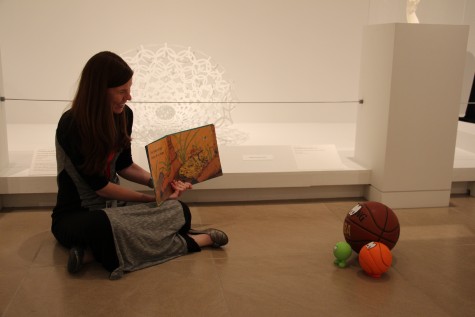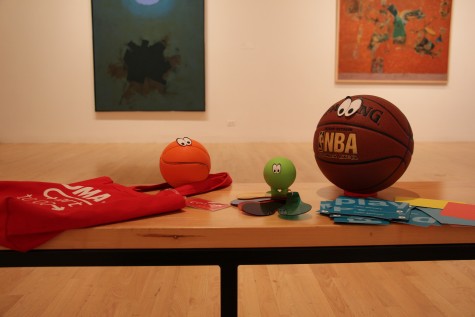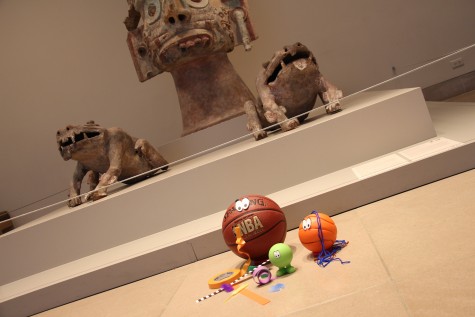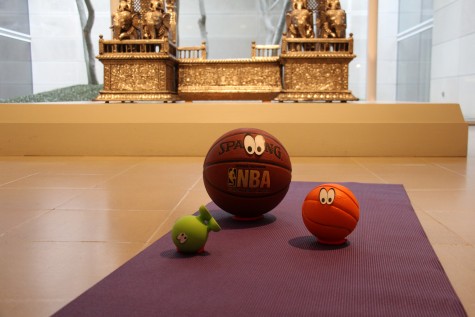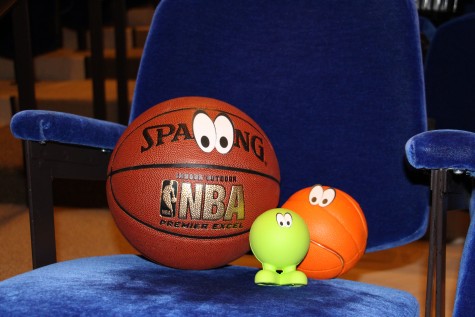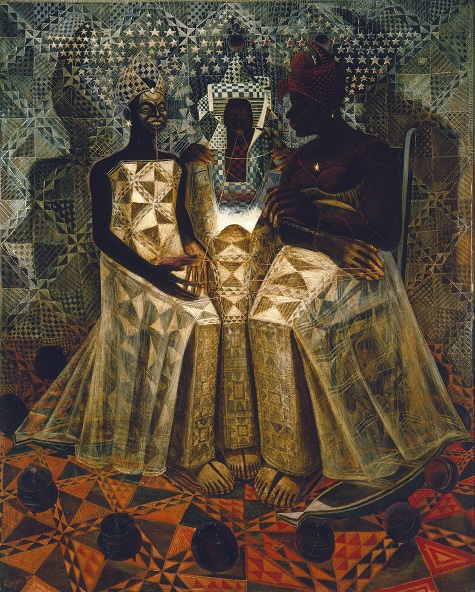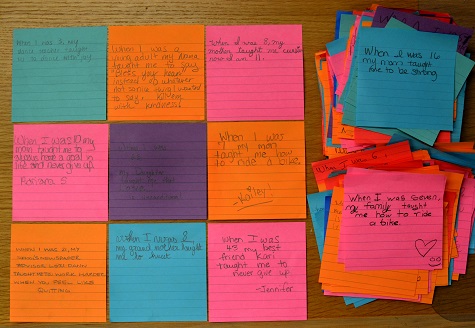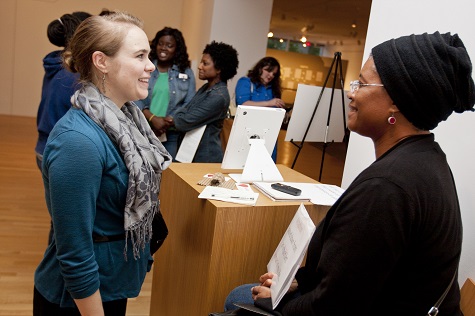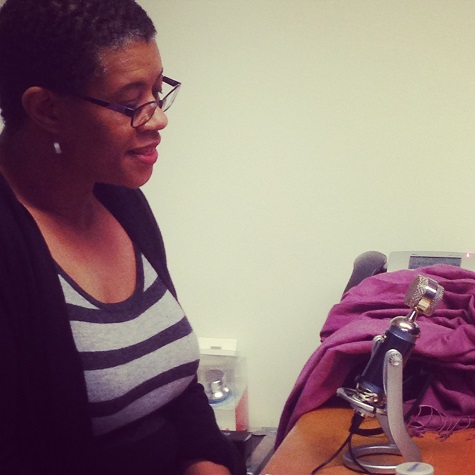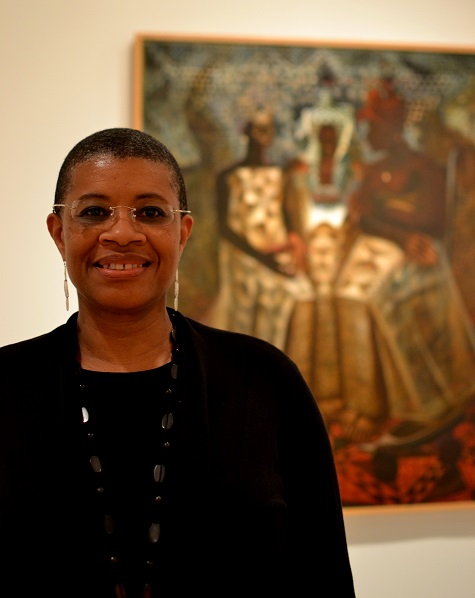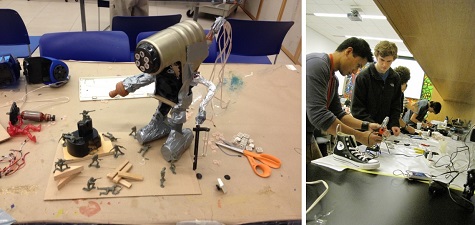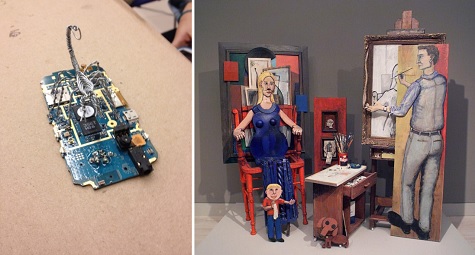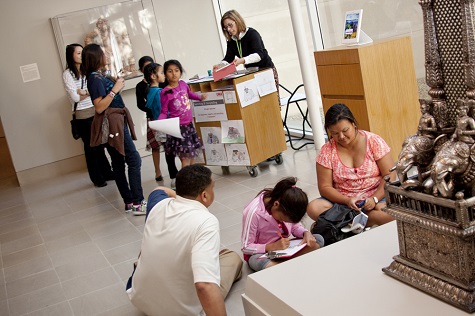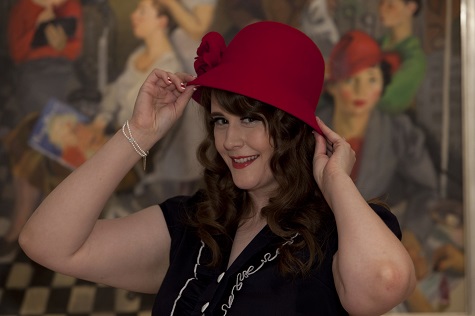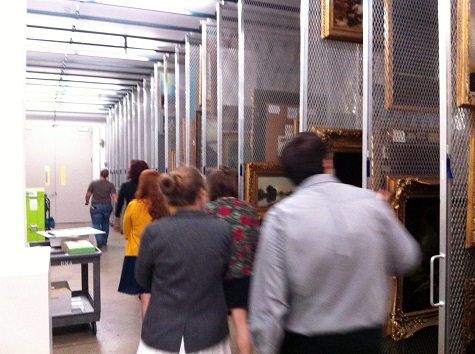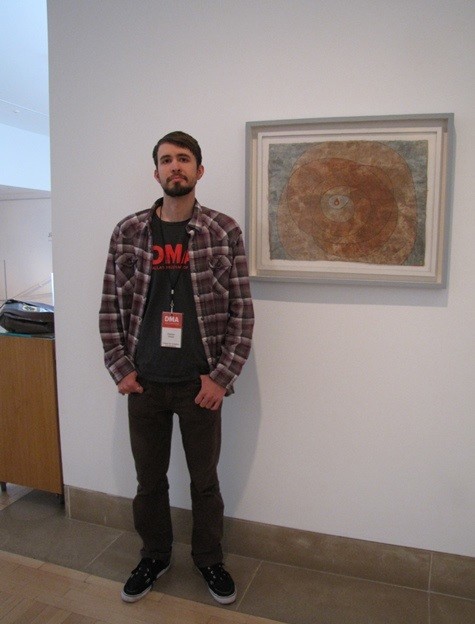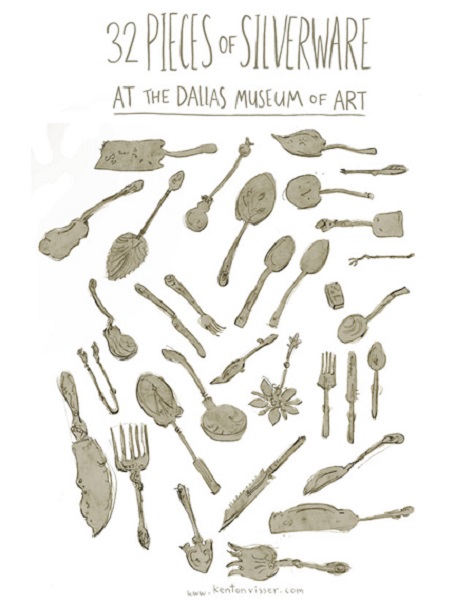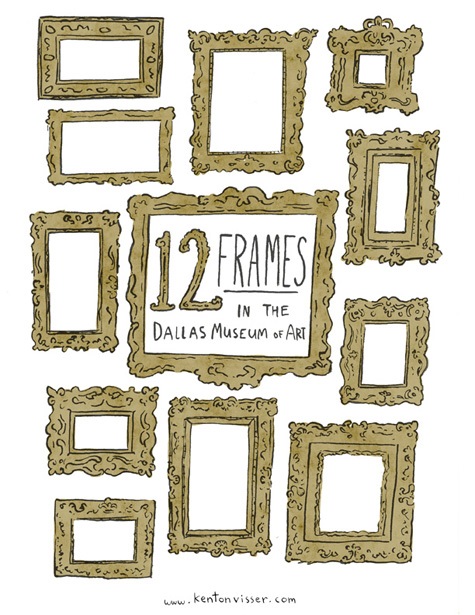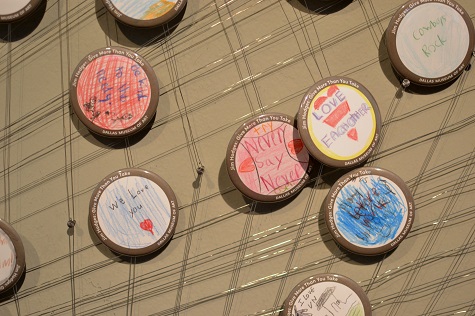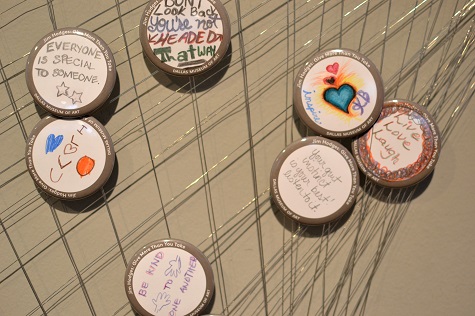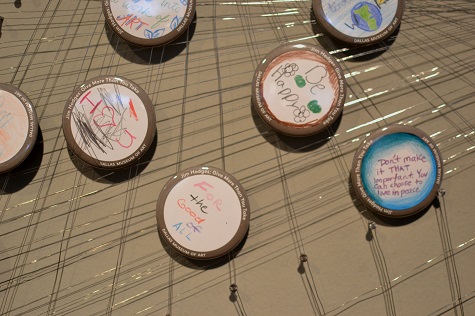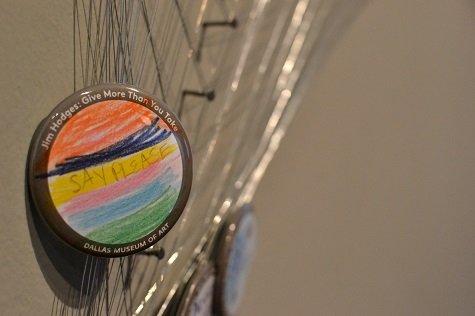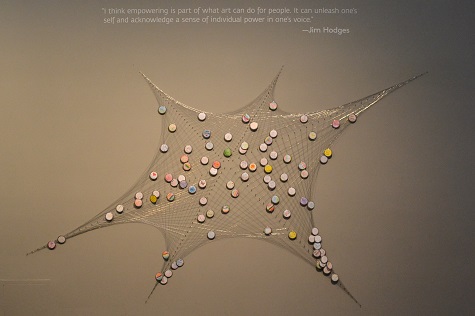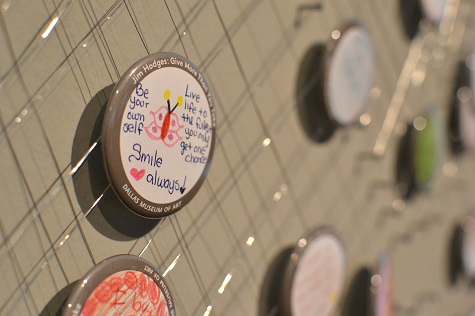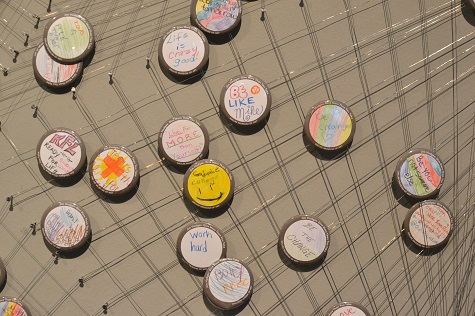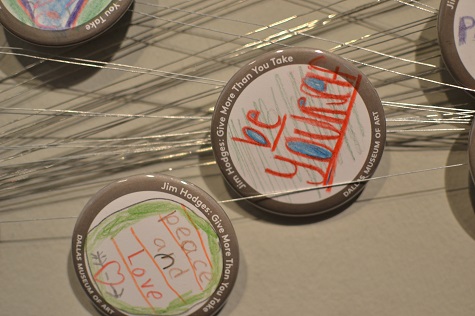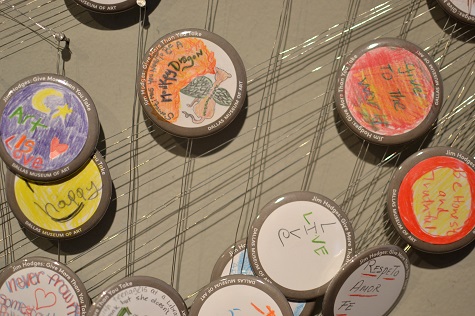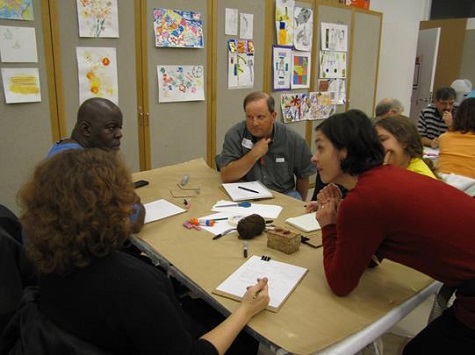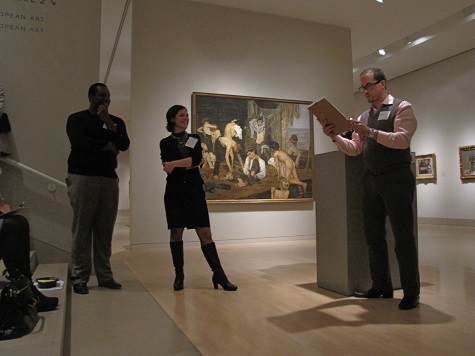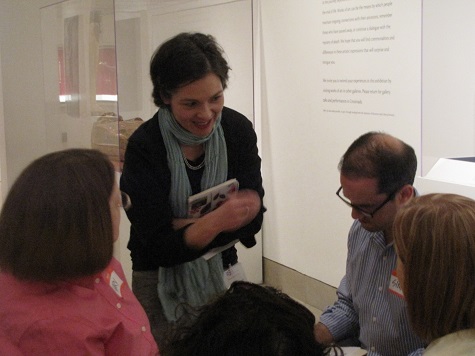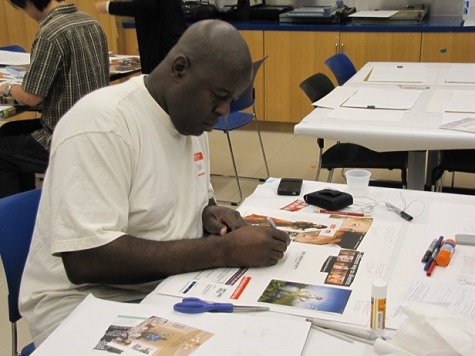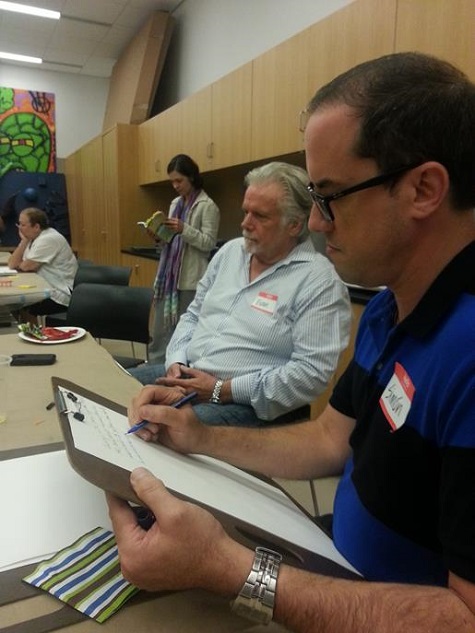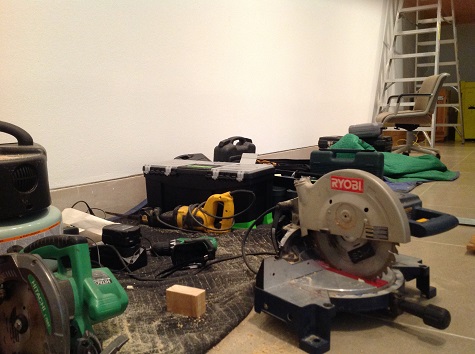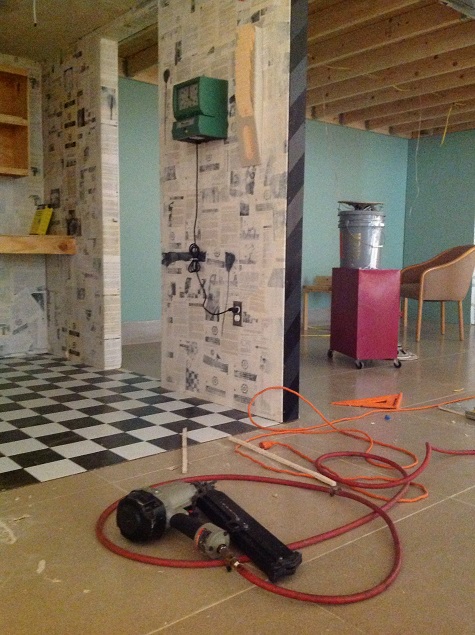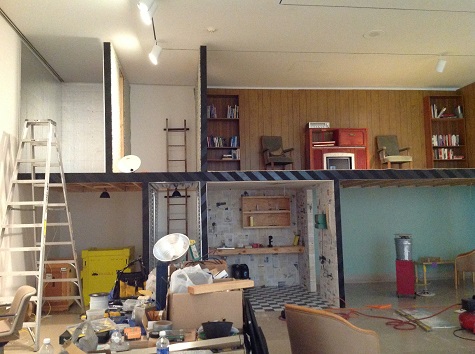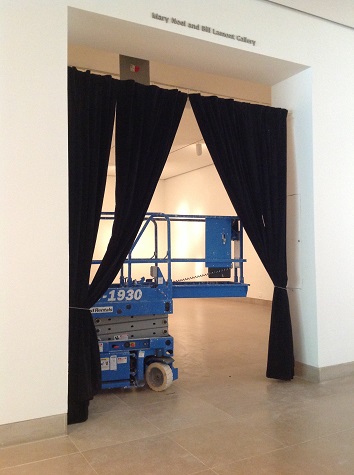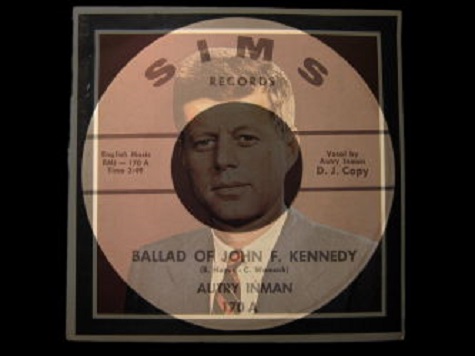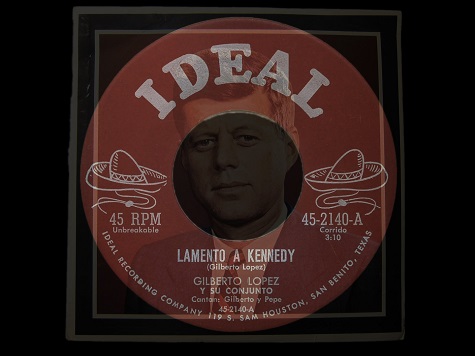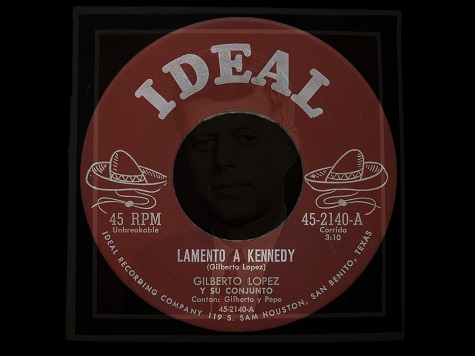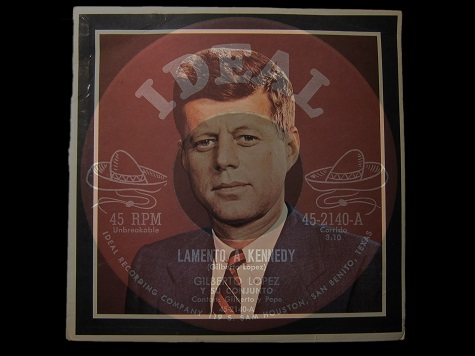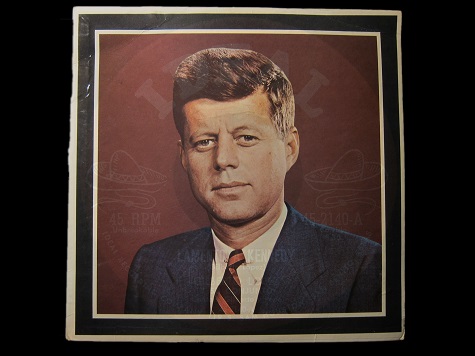What do March Madness and the DMA have in common? If you are thinking that both are in Dallas, you are correct! This year’s NCAA Men’s Basketball Final Four and Championship games will be played right here in North Texas. But wait, there is SO much more! Here at the DMA we are celebrating Art Madness, our own version of the beloved tournament. DMA Friends picked an artsy Sweet Sixteen that you don’t need a ticket to enjoy, and we are now down to the Elite Eight. Works of art from the Museum’s collection are competing for your vote to determine which artwork is the ultimate champion. If you haven’t voted yet, it’s not too late to get in on the game.
Since basketball is on the brain here, it seemed only fitting that we spend our spring break elevating our game, and we’ve planned an action-packed week of Art Madness family fun for everyone! Enjoy story time in the galleries, family tours, art-making in the studio, family competitions and more all week long in our art and basketball mash-up. We will even have a real piece of the NCAA here at the Museum! Be sure to score a look at the NCAA Championship trophy in the Center for Creative Connections, on view March 11-16.
Can’t get enough of the Madness? Then take an overtime for fun and join us for a Family Block Party on March 14, when we’ll stay open until 9:00 p.m. Families can sketch in the galleries, take a tour of the Art Madness competitors, do some yoga in the galleries, enjoy a puppet show, design trading cards in the studio and more. Everyone will be a winner!
But don’t take our word for it. We asked a family of museum (and sports) experts to walk us through the spring break starting line-up.
Little B-ball enjoyed story time in the galleries, hearing favorite stories and looking at one of the Art Madness competitors.
The entire family used the hands-on activities and games in the Art to Go Family Tote to explore color in some of their favorite paintings.
With art supplies, a healthy dose of imagination and their competitive streak, the B-ball family worked as a team to design a jersey for their Art Madness MVP in the daily Championship Challenge.
Mama B-ball thought yoga was very relaxing and loved finding peaceful inspiration in the art around her. (Little B-ball wasn’t quite as meditative.)
Daddy B-ball couldn’t help but laugh at ventriloquist Nancy Worcester’s hilarious show in the Horchow Auditorium.
Their final conclusion: “Visiting the DMA is a slam dunk!”
Our analysis? Art + Basketball = A surefire hit for the entire family. We hope to see you here March 11-16!
Amanda Blake is the head of family, access, and school experiences at the DMA.
Leah Hanson is the manager of early learning programs at the DMA.
